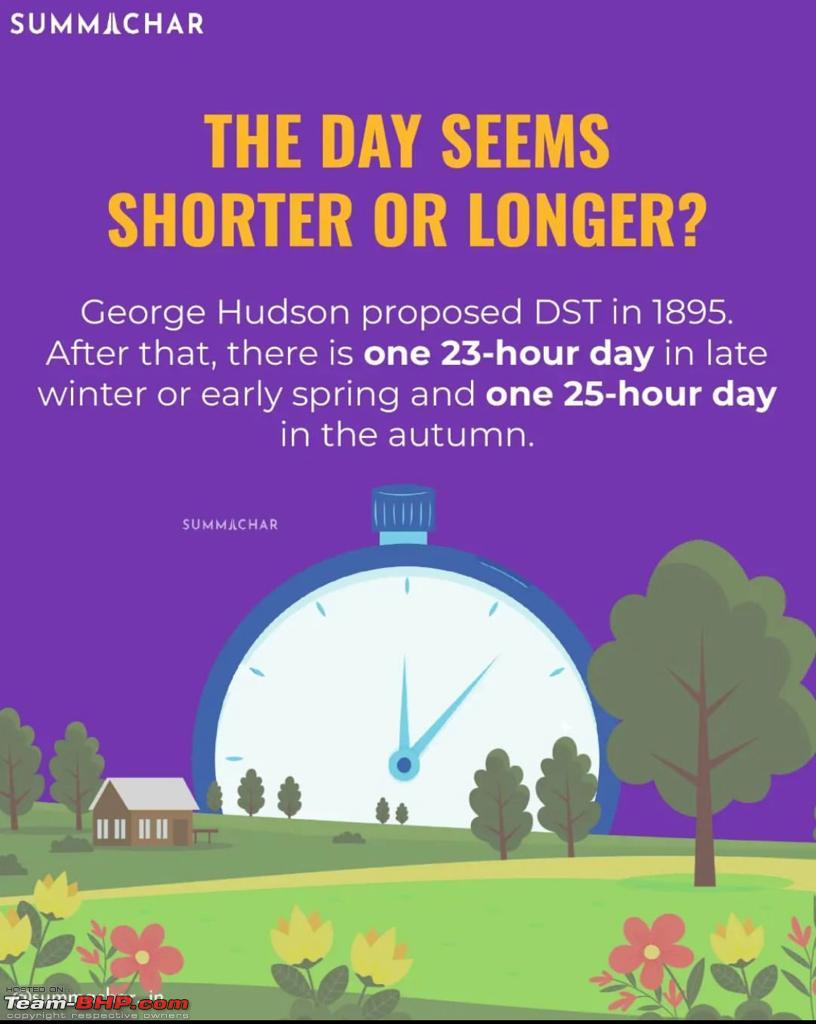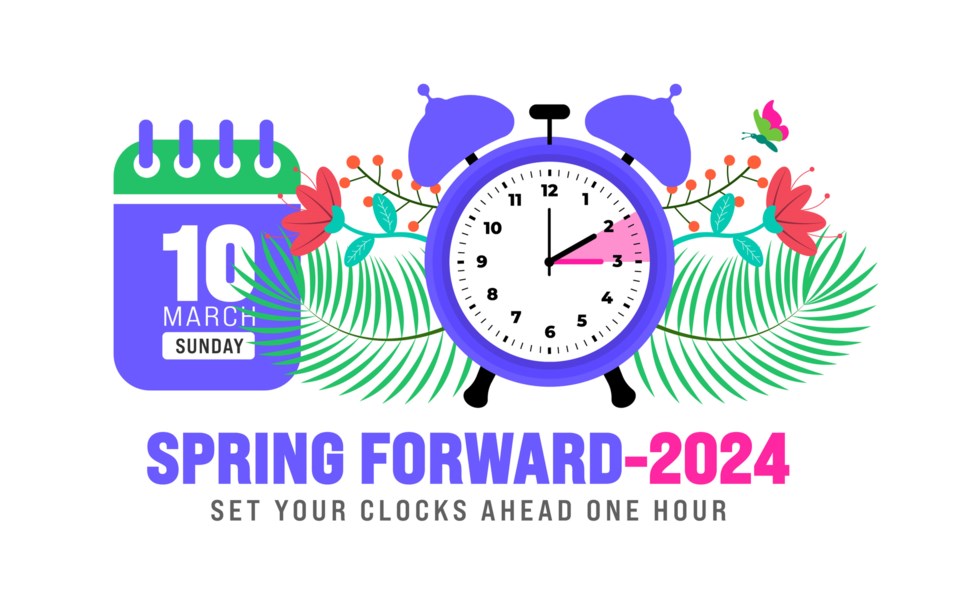
As the seasons change and the days get shorter, the age-old debate about daylight saving time (DST) is back in the spotlight. The Senate is currently weighing whether to "lock the clock" and put an end to the bi-annual time change that has been a part of American life for over a century. In this article, we'll explore the pros and cons of DST, the potential benefits of ending it, and what a permanent switch could mean for the country.
A Brief History of Daylight Saving Time
Daylight saving time was first introduced in the United States during World War I as a way to conserve energy. The idea was simple: by moving the clock forward in the summer, people would make the most of natural daylight during their waking hours, reducing the need for artificial lighting and, in turn, saving energy. The practice was implemented on and off over the years, with some states opting out, until the Uniform Time Act of 1966 standardized DST across the country.
The Pros and Cons of Daylight Saving Time
Proponents of DST argue that it promotes energy efficiency, boosts economic activity, and improves overall health and safety. They point to studies that show a reduction in crime rates, improved physical activity, and increased productivity during the summer months. On the other hand, critics argue that the time change disrupts sleep patterns, causes confusion, and has little to no impact on energy consumption.
Some of the most significant drawbacks of DST include:
Disrupted sleep patterns: The time change can affect our internal clocks, leading to fatigue, decreased productivity, and negative impacts on our overall health.
Confusion and inconvenience: The bi-annual time change can cause confusion, particularly for people who travel or conduct business across time zones.
Little energy savings: Studies have shown that the energy-saving benefits of DST are minimal, and in some cases, may even increase energy consumption.
The Potential Benefits of Ending Daylight Saving Time
If the Senate decides to "lock the clock" and end DST, it could have several benefits. For one, it would eliminate the bi-annual disruption to our schedules and routines. It could also lead to:
Improved health and productivity: By sticking to a consistent clock, people may experience improved sleep patterns, increased productivity, and better overall health.
Increased consistency: A permanent switch would eliminate the confusion and inconvenience caused by the time change, making it easier for people to conduct business and travel.
More accurate timekeeping: With a consistent clock, our devices and schedules would no longer need to account for the bi-annual time change, reducing errors and glitches.
What's Next?
As the Senate weighs the pros and cons of DST, it's unclear what the future holds. If the proposal to end DST passes, it could take effect as early as next year. However, it's likely that the decision will be met with opposition from some states and industries that benefit from the current system.
In conclusion, the debate over daylight saving time is complex, with valid arguments on both sides. While some argue that DST promotes energy efficiency and economic activity, others see it as a outdated practice that disrupts our lives. As the Senate considers ending DST, it's essential to weigh the potential benefits and drawbacks of a permanent switch. Will we "lock the clock" and ditch the time change, or will we continue to spring forward and fall back? Only time will tell.









